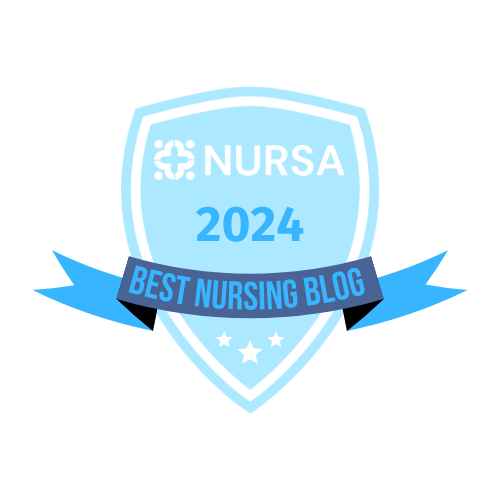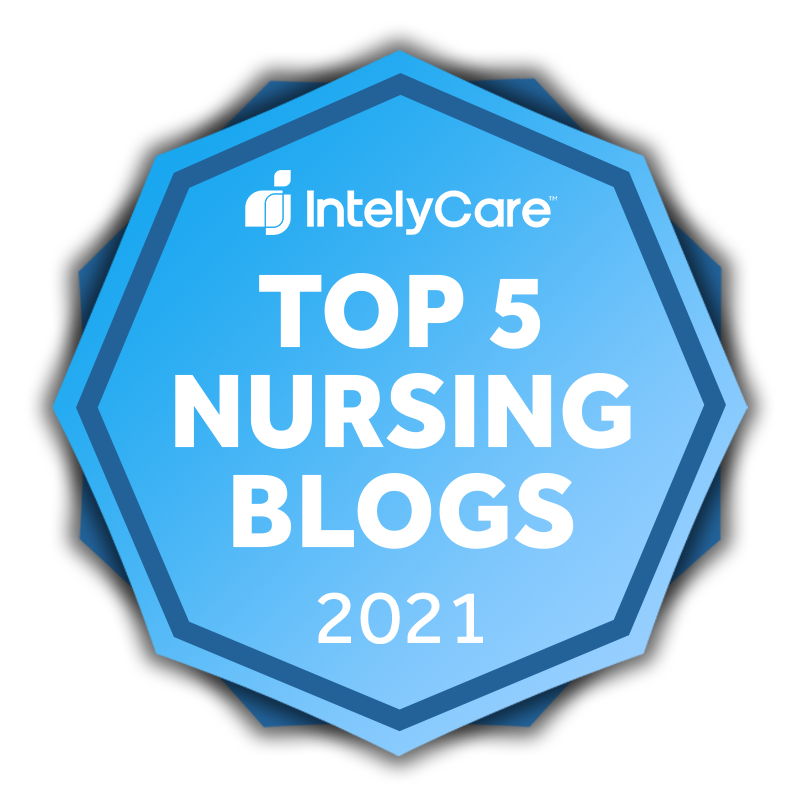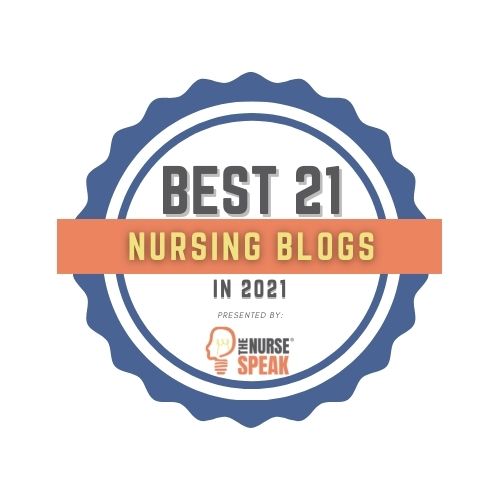
This article was originally published on Kaplan Test Prep’s Calling All Nurses
One of the greatest challenges we face in healthcare today is the ability to balance healthcare quality with low costs. With current changes in healthcare reimbursement, there is a focused effort on moving to value based purchasing, also known as pay for performance.
In this two part article, we will define Hospital Value-Based Purchasing, the HCAHPS Survey, the Nurse’s Role in Hospital Value-Based Purchasing, and provide Tips for Nurses to positively impact their patient’s perceptions on the care received during an inpatient stay.
Defining Hospital Value-Based Purchasing
According to the Centers for Medicare & Medicaid (2017), Hospital Value-Based Purchasing (VBP) is part of the Centers for Medicare & Medicaid Services’ (CMS’) long-standing effort to link Medicare’s payment system to a value-based system to improve healthcare quality, including the quality of care provided in the inpatient hospital setting.
The program attaches value-based purchasing to the payment system that accounts for the largest share of Medicare spending, affecting payment for inpatient stays in over 3,500 hospitals across the country.
Participating hospitals are paid for inpatient acute care services based on the quality of care, not just quantity of the services they provide. Congress authorized Inpatient Hospital VBP in Section 3001(a) of the Affordable Care Act.
Hospital Consumer Assessment of Healthcare Providers and Systems (HCAHPS) Survey
Objective and subjective data collected from patients after discharge from the hospital is then evaluated using the Hospital Consumer Assessment of Healthcare Providers and Systems survey. According to HCAHPS (2017), the intent of the HCAHPS initiative is to provide a standardized survey instrument and data collection methodology for measuring patients’ perspectives on hospital care.
There are three goals of the HCAHPS survey. First, the survey is designed to produce comparable data on the patient’s perspective on care that allows objective and meaningful comparisons between hospitals on domains that are important to consumers. Second, public reporting of the survey results is designed to create incentives for hospitals to improve their quality of care. Third, public reporting will serve to enhance public accountability in health care by increasing the transparency of the quality of hospital care provided in return for the public investment.
With these goals in mind, the HCAHPS project has taken substantial steps to assure that the survey is credible, useful, and practical. This methodology and the information it generates are available to the public.
After the data has been collected and evaluated, nurse managers use the data to collaborate with hospital administrators in order to create programs that empower nurses to improve the patient experience. The goals then become that their unit’s individual patient satisfaction scores should meet or exceed the national standard.
Stay tuned for Part 2 where we will discuss the Nurse’s Role in VBP, and will provide Tips for Nurses to positively impact the perceptions of their patients during an inpatient hospital stay.
Best Wishes!
-Damion











